As the scope and possibilities for marketing grow, chief marketing officers are increasingly required to expand their horizons, enhance and add to their skill sets, and evolve the function if they are to stay ahead and in their posts. In previous columns, I’ve considered the implications for CMOs in terms of content and creativity, the imperative to balance long-term brand building with short-term sales activation, and why they need to speak the language of the C-suite.
Another critical dimension of evolution of the CMO is the role of marketing in owning, activating, and measuring the impact of customer experience and experience design. Increasingly, the conversations I have with CMOs from some of the world’s biggest brands are focused on the decisions they’re required to make in allocating their budgets between paid media and experience design. One told me recently: “Longer term success comes from building experience and then people sharing that. We all get too caught up in media, but for services businesses, the brand is the experience.”
Balancing paid media and experience design
As such, experience becomes an integral part of marketing – and while overall budgets available to CMOs may be increased to accommodate experience – the judgments they’re required to make on what level of investment goes where feel more and more like a trade-off. Increasingly, the balancing act is between the interruptive push of paid media and the invitational pull of consumer experience. Latest figures from Statista show that overall global brand investment in paid media advertising was around $500bn last year, while experience design is rapidly catching up, at around $430bn. The lion’s share of the 7% growth in marketing budgets in 2017 came from experience design, with only 2% of that growth attributable to an increase in ad spend.
As brands switch more of their investment into experience, it’s critical that marketing analytics keeps pace with this change and econometric tools measure the impact of experience design with the same degree of precision as they do for paid media.
At last month’s IPA Effectiveness Week conference, the group vice president of data acience and AI at Sapient, Simon James, showcased a new framework for CMOs to measure the impact of customer experience, focused on three key metrics: experience stock (memorability, quality, and frequency of experience), reputation stock (number and quality of mentions generated by experiences, including sentiment), and net user growth (how many new users have been acquired and retained). This is a promising framework for measurement.
Bringing brands to life for consumers
Diageo’s flagship gin brand, Gordons, recently chose to turn periods of delay into moments in which frustrated commuters – prevented from getting home by late-running trains – could have a positive experience, and experience the brand at a discounted price. Its #YayDelay campaign combined real-time commuter frustration expressed on Twitter, live departure data, and geo-targeted advertising to offer delayed commuters discounted gin and tonics at mainline station bars. As delays got longer so discounts got larger. The campaign generated enormous visibility and earned media coverage across social and news media as well as tens of thousands of first-hand, positive experiences of the brand at an otherwise frustrating time.
Other brands in the Diageo stable are having great success and impact around the world following an experience-led strategy, including Baileys with its Treat Bars and the long-established Guinness Storehouse Experience in Dublin. The Storehouse provides consumers with a real and immersive brand experience in the living history of the brand and was even named Europe’s top tourist destination in 2017. This is also the role of the Johnnie Walker tours at the Cardhu Distillery on Speyside, Scotland. Across the board, Diageo has found that not only do 72% of visitors buy product after visiting one of its experiences. 62% of them also appreciate the brand more as a direct result of their visit.
Diageo isn’t alone in investing in sought-after, successful experiences – from the pop-up to the permanent – but they are rewriting the rulebook for successful experience design. At IPA Effectiveness Week, Diageo’s marketing effectiveness leader Adam Ben-Yousef revealed that the company has increased sales and marketing investment by 31% in the past three years thanks to widespread investment in successful experience design.
What’s more, digital-only customer experience is also transforming the way that many of us now book and buy, monitor and pay everything from travel services to household utilities. Before the advent of digital, it could be challenging, time-consuming, and downright boring to find the perfect hotel or flight or locate a cab. Today, travel services including Trainline, Free Now and Uber, and BonVoy are fundamentally changing the way consumers buy train tickets, book taxis, and reserve hotel rooms. Technology truly is giving power to the people.
Likewise, the advent of smart meters in the energy market has empowered home users to have a stake and a say in the provision and cost of their supply of electricity and gas like never before. In what historically was a low-to-no-interest category, consumers can now make decisions based on usage data and available tariffs – as well as sustainable and lower-carbon choices – that were previously opaque and inaccessible.
The app-driven experiences make life easier and more transparent for customers. They reduce friction in what has long been frustrating, non-transparent categories. They reduce customer service costs for brands by cutting out the need for (so many) call centre staff, while at the same time enhancing brand reputation and building brand loyalty. That truly is a win-win-win outcome.
In summary, the constant flux and evolution that faces the modern CMO can feel dizzying and confusing – always something new to learn, always something new to measure, always something new to report. What’s encouraging about those who are blazing a trail as experience design pioneers is that it enables them to increase marketing spend and drive business performance and growth. For the CMO, that truly is the ultimate brand experience.
This article was featured in The Drum.
First featured on 12/12/2019.

